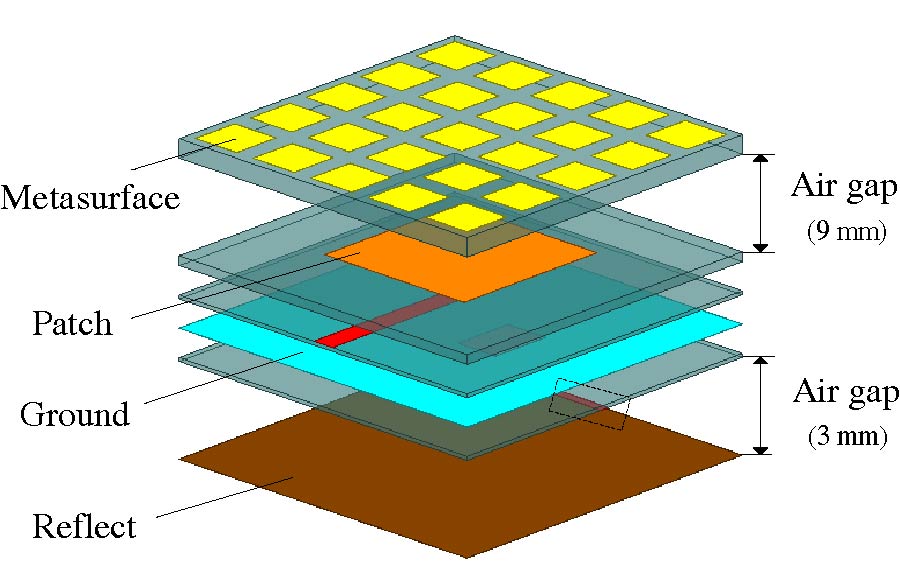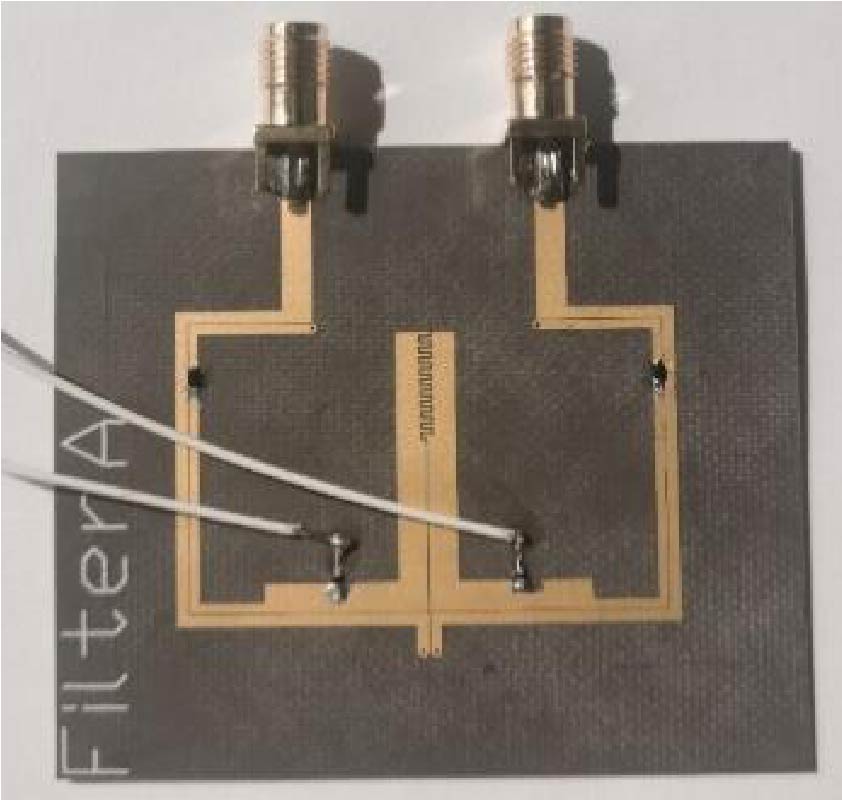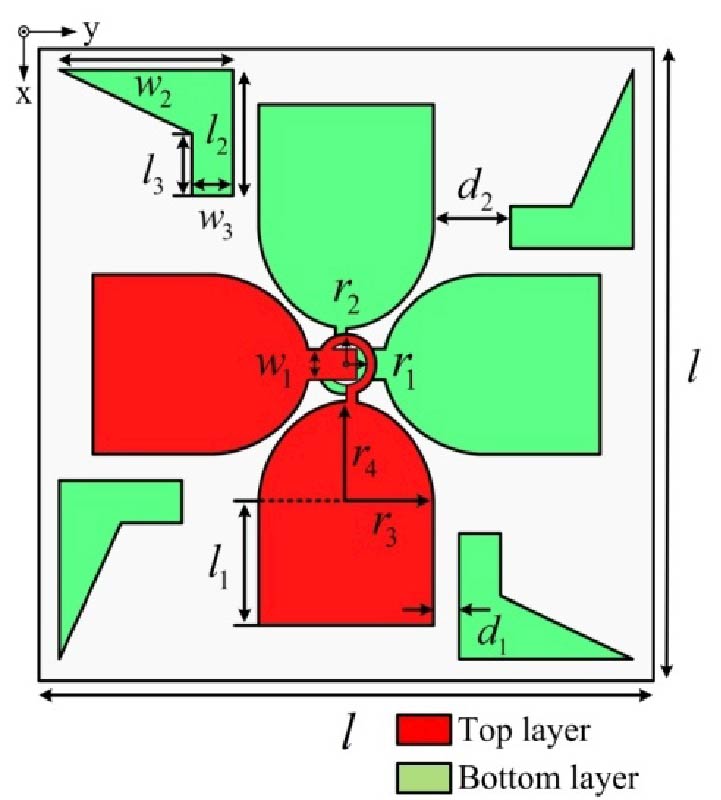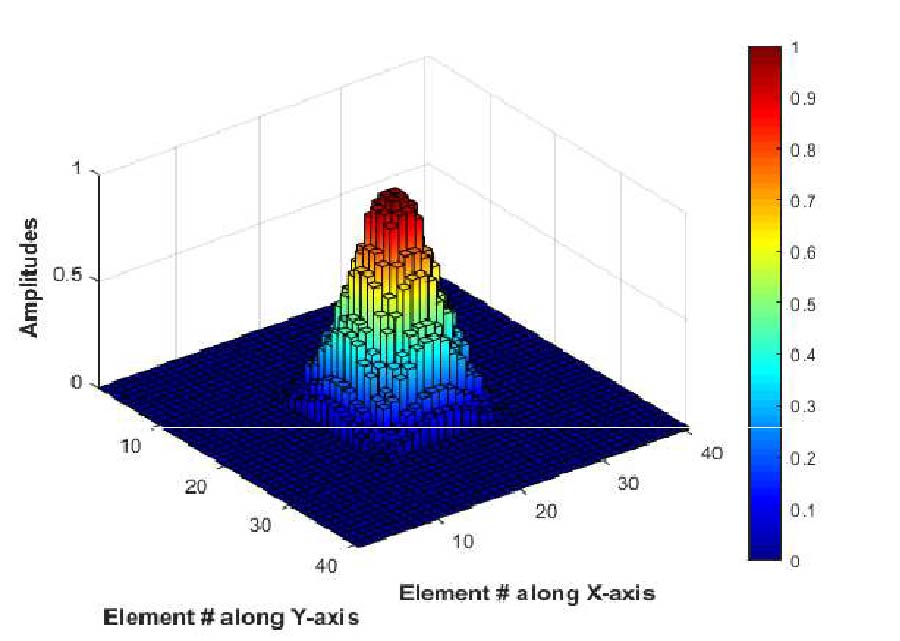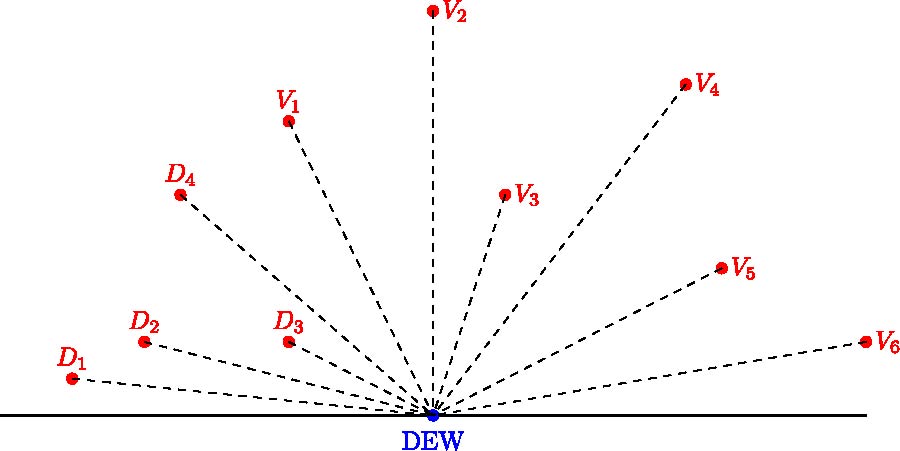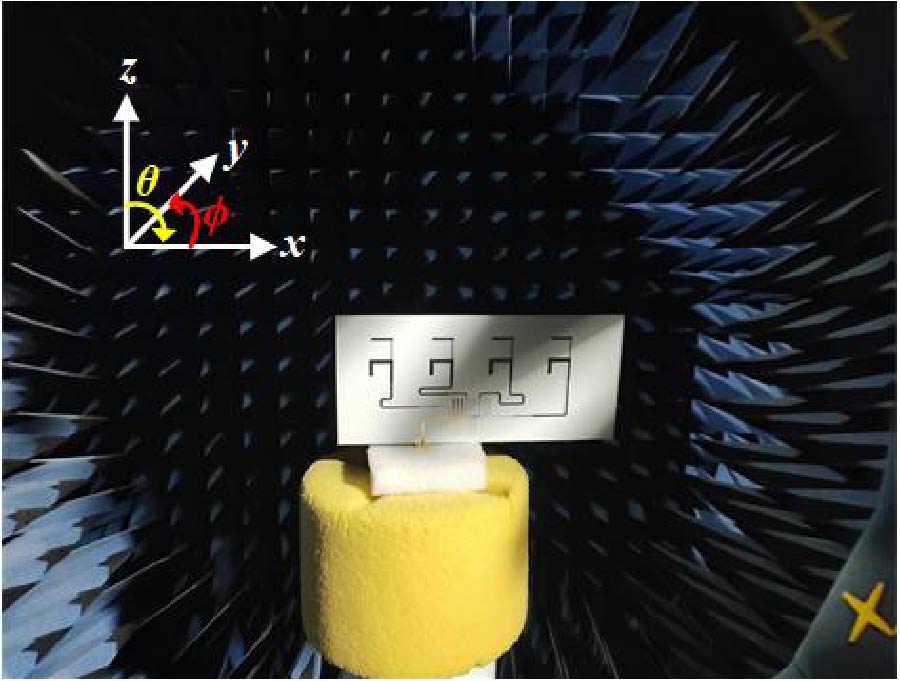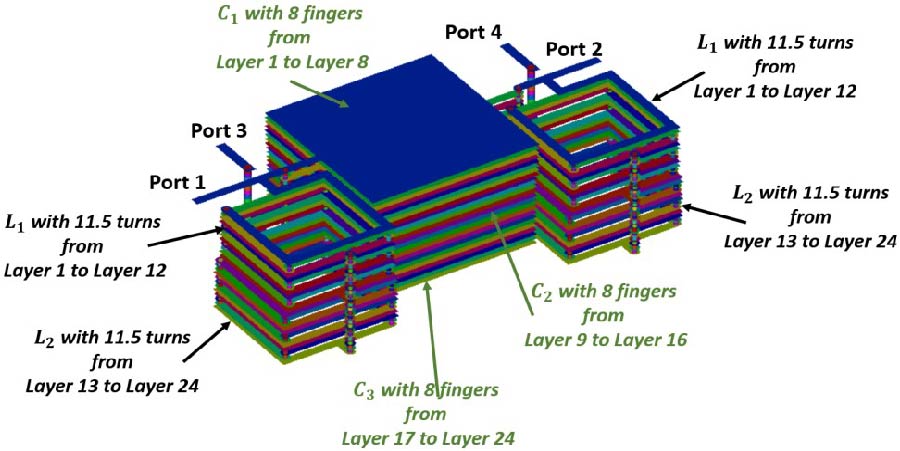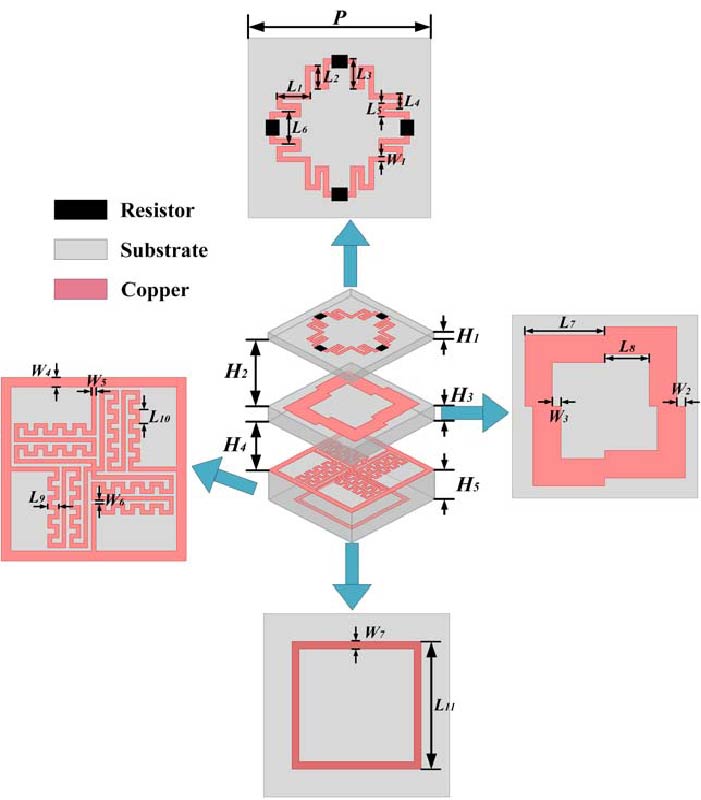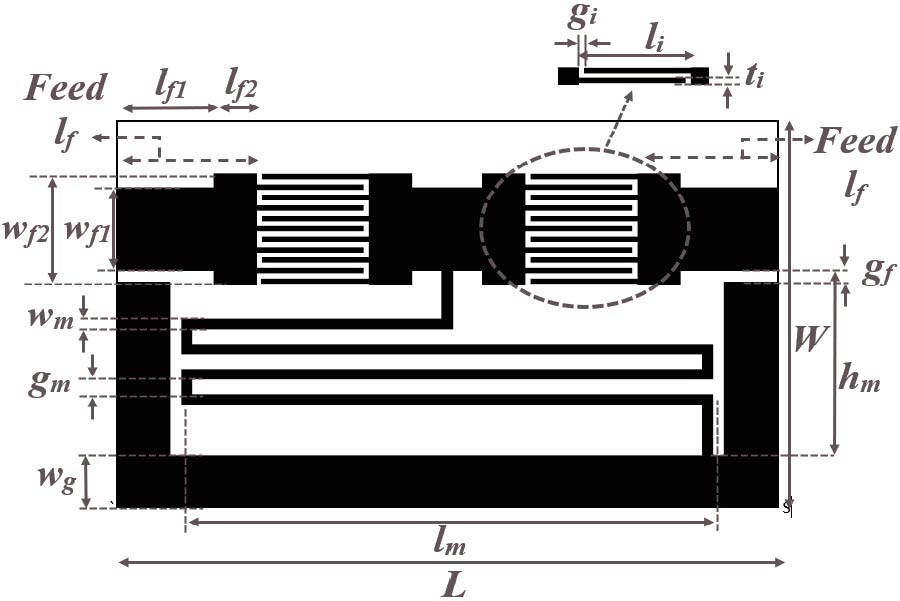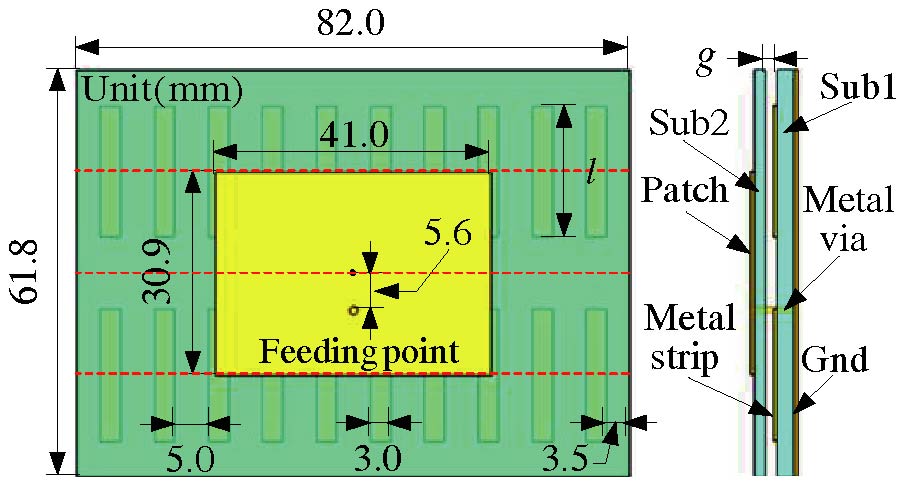A Compact Tunable Microstrip Bandpass Filter with Tuning Range and Bandwidth Enhanacement
Shuang Li
,
Shengxian Li
,
Jun Liu
and
Neng Zhang
This letter presents a compact constant absolute bandwidth (ABW) frequency tunable bandpass filter (BPF) with bandwidth and tuning range enhancement. The fundamental structure consists of two varactor-loaded step-impedance resonators (SIRs) and input/output feeding lines. By adjusting the position of varactors, the slope of coupling coefficient between the two resonators can bechanged easily, which is crucial to realizing constant ABW. The tuning range is improved due to the application of varactor-loaded SIR. To expand the bandwidth, interdigital coupling structures between varactor-loaded SIRs are adopted. Besides, source-load coupling is introduced, and two transmission zeroes (TZs) are generated on both sides of the passband to enhance the rejection level of stopband. The measured results show that the proposed BPF achieves a center frequency tuning range from 0.79 to 1.2 GHz (41.2%), and the 3-dB ABW remains 108 ± 5 MHz. The insertion loss (IL) is 1.8-2.2 dB, and the return loss is greater than 10 dB during the whole tuning range.
